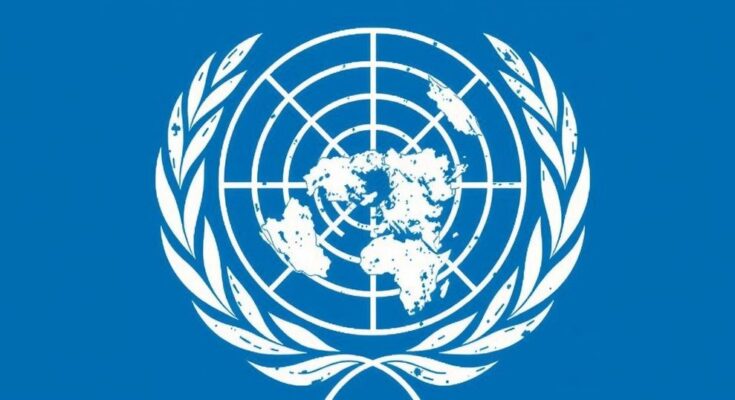In late 2023, the UN Security Council initiated the withdrawal of its peacekeeping mission in eastern DRC. Despite this, regional forces and local groups contend with ongoing violence, notably from the M23 and ADF. Efforts are underway to enhance the operational capacity of the FARDC, but significant challenges remain as the DRC navigates a landscape fraught with competing interests and historical strife.
As of late 2023, the UN Security Council addressed the longstanding UN peacekeeping mission in the Democratic Republic of the Congo (MONUSCO) following a request from the Congolese government for withdrawal by the end of 2024. However, despite this decision, MONUSCO has only exited one of the three eastern provinces, with a suspension on their departure from North Kivu and Ituri due to ongoing insecurity. Consequently, MONUSCO troops continue to cooperate with regional forces, including the Southern African Development Community (SADC) and local militia groups, as the security landscape remains precarious.
In eastern DRC, the security situation is fragmented, with the northern parts of North Kivu enduring decades of violence primarily from the Allied Democratic Forces (ADF). Meanwhile, Ituri and southern North Kivu are increasingly under threat from the resurgent March 23 Movement (M23), which has led to significant civilian displacement. The situation has worsened, with accusations against M23 of ethnic cleansing, further complicating the peace and security efforts.
The prospects of MONUSCO’s withdrawal exemplify the deliberations surrounding the mission’s role, as the Congolese government acknowledges MONUSCO’s contribution to local stability. Nonetheless, as regional forces, such as the SADC Mission in the DRC (SAMIDRC), become involved, disparities in trust, effectiveness, and public perception have emerged. Unlike the earlier East African Community Regional Force (EACRF), which faced substantial local distrust, SADC benefits from historical goodwill due to past operations.
Currently, the SANIDRC forces face challenges in engaging the M23 while simultaneously having their commitment deeply scrutinized. In parallel, the ongoing peace talks mediated by Angola between Rwanda and the DRC have experienced violations, yet there is cautious optimism that renewed attention may yield a working agreement, given recent cease-fire measures.
The Congolese army (FARDC) is undergoing essential reforms prompted by an internal investigation highlighting its chronic weaknesses. Improvements have been noted in the training and discipline of troops, yet pervasive corruption among upper leadership remains a barrier to long-term stability. Despite recent advancements, the DRC is likely to remain reliant on international and regional forces to maintain security in the near future.
The article sheds light on the current dynamics of the UN and regional interventions in the eastern Democratic Republic of the Congo. Following the Congolese government’s request, the situation surrounding MONUSCO, formed in 1999, is undergoing significant changes as the UN mission withdraws amid continued instability in the region, highlighted by the resurgence of militia groups. This context is critical to understanding the intricate relationships and challenges faced by both national and international actors involved in stabilizing the area.
In summary, the security situation in eastern DRC remains tenuous, characterized by contrasting regional forces and the complexities of MONUSCO’s withdrawal. While efforts have been made to strengthen the FARDC, the continued reliance on international support signifies that immediate solutions are necessary to address the ongoing violence and instability. The evolving dynamics of cease-fire negotiations offer hope, yet the prospect of maintaining peace relies heavily on the effective coordination of both regional and international actors.
Original Source: theglobalobservatory.org




